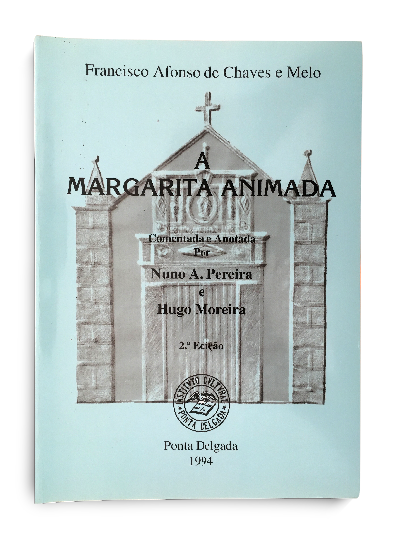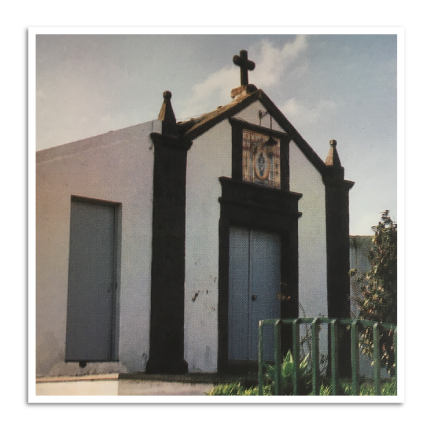From an early age he showed great inclination towards religious life, spending long hours contemplating in the church and following an austere life and based on strict religious observance. With this she gained a reputation for holiness, which grew as a result of her illness and her death was surrounded by a great religious apparatus. In a short time, various miracles were attributed to her intercession, and the bishop of Angra D. Pedro de Castilho was sent to investigate the case, which resulted in a summary, dated March 27, 1586, sent to Rome for her canonization.
https://casadesantamargarida.pt/sites/default/files/top-bg/bg-sm.png

Margarida de Chaves
Born in 1530, Ponta Delgada
Religious life
Multiple
miracles
Her grave was opened and relics were retrieved from which multiple miracles were attributed, most involving unexplained cures through the ingestion of water that had contacted with the relic. In her process of canonization, has became famous the persistence of his son Gonçalo Correia de Sousa, of whom D. Francisco Manuel de Melo, in the chapter dedicated to “Dangerous Removals and impertinences of his Letter of Guide of Married men”, says that he acted with exquesita annoyance together of the cardinal whom Pope Paul V had in charge of the case of the venerable Margarida de Chaves. After much pressure, and unable to avoid a further meeting with the petitioner, the cardinal exclaimed in exasperation: "Lord, let us not become weary in proof of the sanctity of your mother; only prove that she suffered you, that the pope will declare she as a saint.”.

Photograph of the reliquary and ulna of the right arm of Venerable Margarida de Chaves
The most complete
biography
Margarida de Chaves had Gaspar Frutuoso as her confessor, who gave her Chapter XV of Book IV of Saudades da Terra, but her most complete biography is the work entitled A Margarita Animada, by Francisco Afonso de Chaves e Melo.

September 8, 1965
the Hermitage
The Chapel of St. Margarida Martyr was instituted on September 25, 1645 and consecrated on September 8, 1658. The invocation of St. Margarida Martyr was provisional until the oblation of the beatification was obtained, from which time the Chapel became invocation to Santa Margarida de Chaves (which would only happen 100 years after the death of Margarida de Chaves).

The Hermitage of Santa Margarida Mártir


